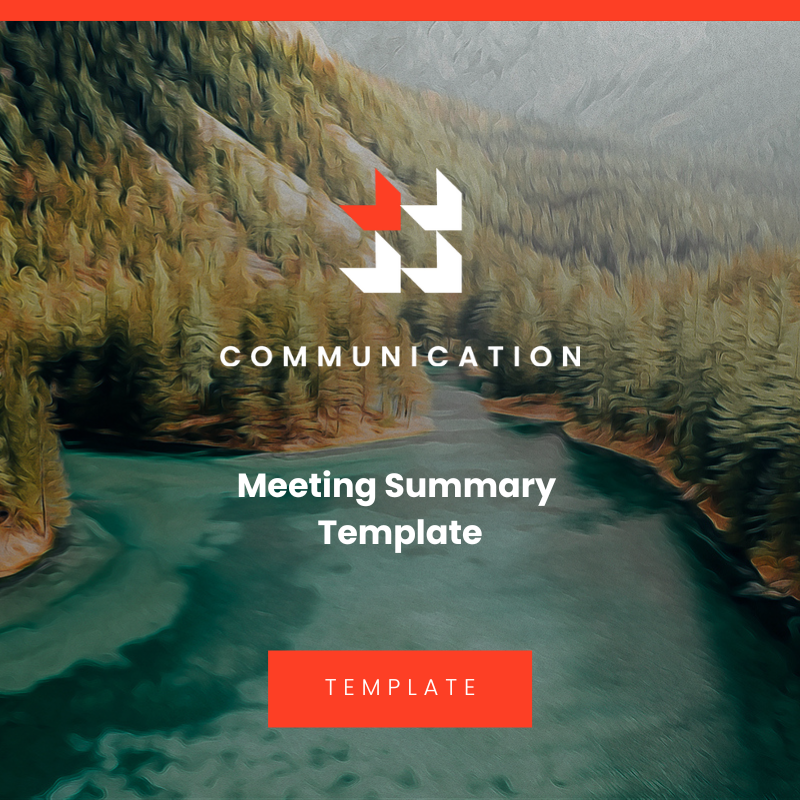The 8-Step Guide to Creating Better Support Document Summaries
Support documents play a crucial role in supporting decisions, but creating effective summaries can be a challenge. In this guide, we provide an 8-step approach to creating better support document summaries that provide the necessary context and information to drive informed decision-making.
Step 1: Record Key Information
Begin by recording key information such as the date, attendees, and platform used to catalog the session. This basic information will provide context for future reference.
Step 2: State the Goal
Summarize the session's goal and the context in which it took place. Keep this section concise, limit it to 1-2 sentences.
Step 3: Include Considerations and Ideas
Include a list of the ideas and considerations discussed during the session. Present them as bullet points for clarity.
Step 4: Outline Next Steps
Provide an outline of the next steps that need to be taken, including the relevant deadlines. Cross-reference this section with the action plan or decision document.
Step 5: Assign RACI Roles
Identify and assign RACI roles (responsible, accountable, communicated, informed) or any other decision-making model you prefer. This section will help identify who is responsible for driving the plan forward.
Step 6: Set Deadlines
Set deadlines for the next steps outlined in the summary. This section will help you track progress and ensure that everything is on schedule.
Step 7: Prioritize
Include a priority level for the next steps outlined in the summary. Prioritizing items by importance will help you understand the context and make informed decisions.
Step 8: Provide Background Information
Include a list of other relevant documents or resources that will provide additional background information on the topic discussed in the summary.
By following these eight steps, you can create better support document summaries that provide the necessary context and information to drive informed decision-making. With a concise template in place, taking notes and providing summaries will become a seamless process.















